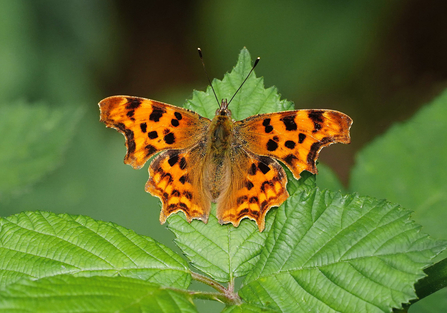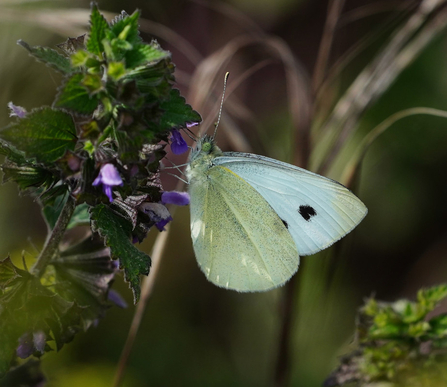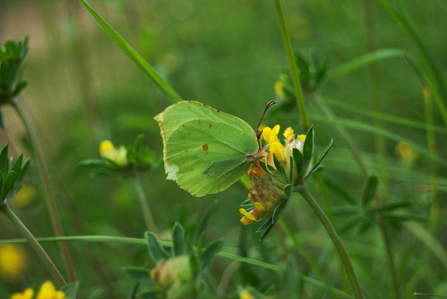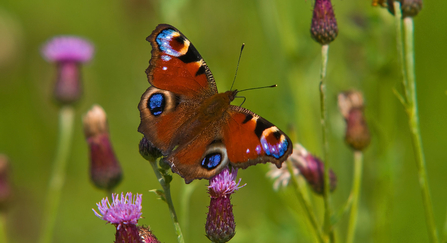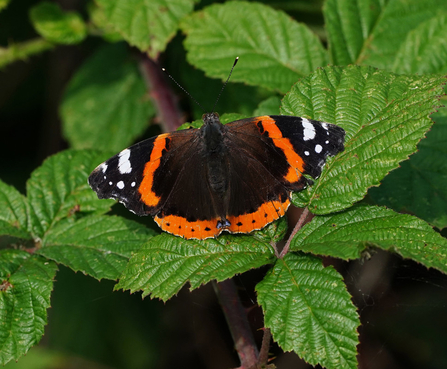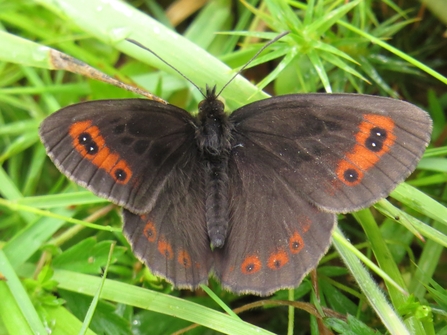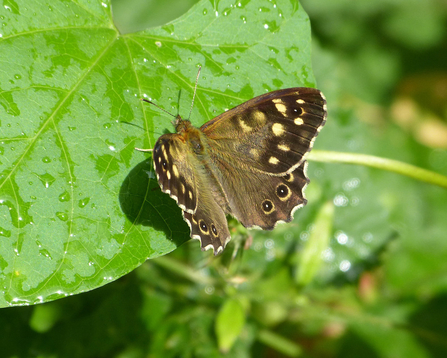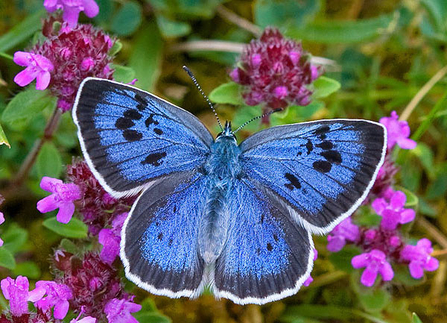Why are butterflies important?
Butterflies are among the most threatened group of wildlife in the UK; the latest Red List assessment butterflies has revealed a 26% increase in the number of species threatened with extinction and a 76% decline in butterfly abundance or distribution since 1976.
Insects are extremely important for ecosystems and humans; insects, including butterflies, pollinate around 85% of our crops - providing a vital service worth billions of pounds globally. Butterflies are also bio indicators of a healthy environment and ecosystem - they are highly sensitive to changes in climate, pollution levels and harmful chemicals in the air. Butterflies are also important parts of the food chain- they are food for birds, bats and other insectivorous animals and parasites. They are excellent pollinators after bees and wasps - without these insects, we would have fewer plants!
This is due to habitat loss and fragmentation, as well as the climate crisis which is causing more extreme weather events and greater fluctuations in temperature. As the world's climate gets warmer and drier as a result of climate change, it is causing knock-on effects on British butterflies in the UK. July 2022 was seen as the driest July in the UK since 1935, with 2021 being one of the seven warmest years on record, with the average global temperature about 1.11°C above pre-industrial levels.
How some species benefit from a warmer climate
Butterflies have responded to climate change in many different ways. Some species have benefitted from the warmer weather, having expanded their ranges and colonised new sites further north. The comma is an example for this, it was once confined to the south-west and is now breeding in Scotland, spreading its range northwards at a rate of 10km a year. In addition to distribution changes, some butterflies are responding by emerging earlier in spring, which has positive benefits for some species by increasing their numbers and range.

